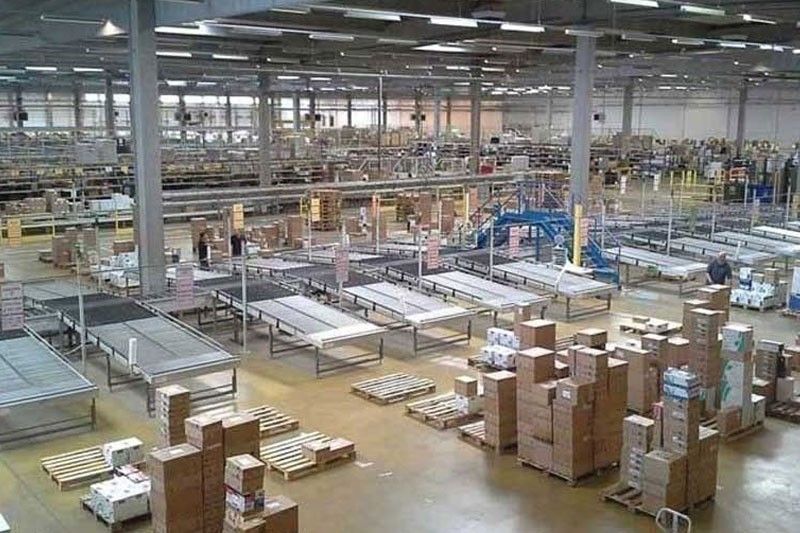Implement PEDP to save garment industry

MANILA, Philippines — The government and the private sector are urged to work together to immediately implement the strategies under the recently launched export blueprint, in a bid to save the local clothing and apparel manufacturing industry from extinction amid the global trend of reshoring or onshoring.
In a statement, Philippine Exporters Confederation Inc. (Philexport) trustee for textile, yarn, and fabric sector Robert Young called for the immediate implementation of strategies under the Philippine Export Development Plan (PEDP) 2023 to 2028 to bring down the cost of doing business in the country and boost competitiveness.
“The government and the private sector must realize the negative impact of these reshoring scheme plans and should join hands in seriously implementing solutions urgently as per the PEDP report for the survival and competitive advantage of the Philippine clothing and apparel manufacturing, thus saving it from extinction,” Young said.
Under the PEDP, export stakeholders aim for adequate support for export firms’ infrastructure requirements, such as in power, transport and logistics, and telecommunications connectivity.
“The new digital and robotics manufacturing that will play a significant role in the reduction of labor cost is also part of the plan,” Young said.
He explained that global events, such as the recent pandemic and the war between Russia and Ukraine, the dependence on Asia, and the orientation for imports and apparel production are now transforming the sector.
“These have resulted in a plan of reshoring or onshoring the manufacturing sites, which means bringing back business operations and processes to a neighboring site or right on the location of the importing country,” said Young, who is also president of Foreign Buyers Association of the Philippines (FOBAP).
He said plans of reshoring or onshoring of manufacturing could result in the imminent closure of the present apparel manufacturing for export market and its related industries in the Philippines, as well as the massive displacement of the apparel workers.
“Thus, it may cause the extinction of the industry. This is a big red flag for the Philippine apparel and clothing industry,” he said.
To deter the transfer of the manufacturing firms, Young particularly cited the need to address the basic root causes of uncompetitiveness of Philippine apparel in international markets, such as restrictive cost of power, labor, and logistics.
“The biggest challenge is the concern of a much higher labor rates component in importing economies,” he said.
Figures from the PEDP showed that Philippine garments and textiles exports had a compounded annual growth rate (CAGR) of negative seven percent from 2017 to 2021.
“Philippine market share for the sector is one-tenth of one percent of an annual global market size of $995 billion trade value,” the PEDP stated.
The blueprint stressed that the industry needs to vigorously pursue renewal of the Philippine Generalized System of Preferences (GSP) status in the US and improved market access elsewhere.
Trade Secretary Alfredo Pascual earlier said that the Philippines would push for the inclusion of the garments sector in the US GSP once its reauthorization is considered.
“We’re saying we want our garments to be competitive in the US market by giving producers here, exporters here, putting them on a level playing field with garments coming from the Americas, Mexico and South America,” Pascual said.
The Philippines’ eligibility for the US GSP program expired on Dec. 31, 2020. The program allowed duty-free treatment for products coming from beneficiary countries like the Philippines.
Apart from the US-GSP inclusion, the PEDP also noted that specific tangible initiatives to boost garments exports include the launch of a Philippine Brand Company with catalytic public funding and/or venture capital,” the PEDP said.
- Latest
- Trending

























